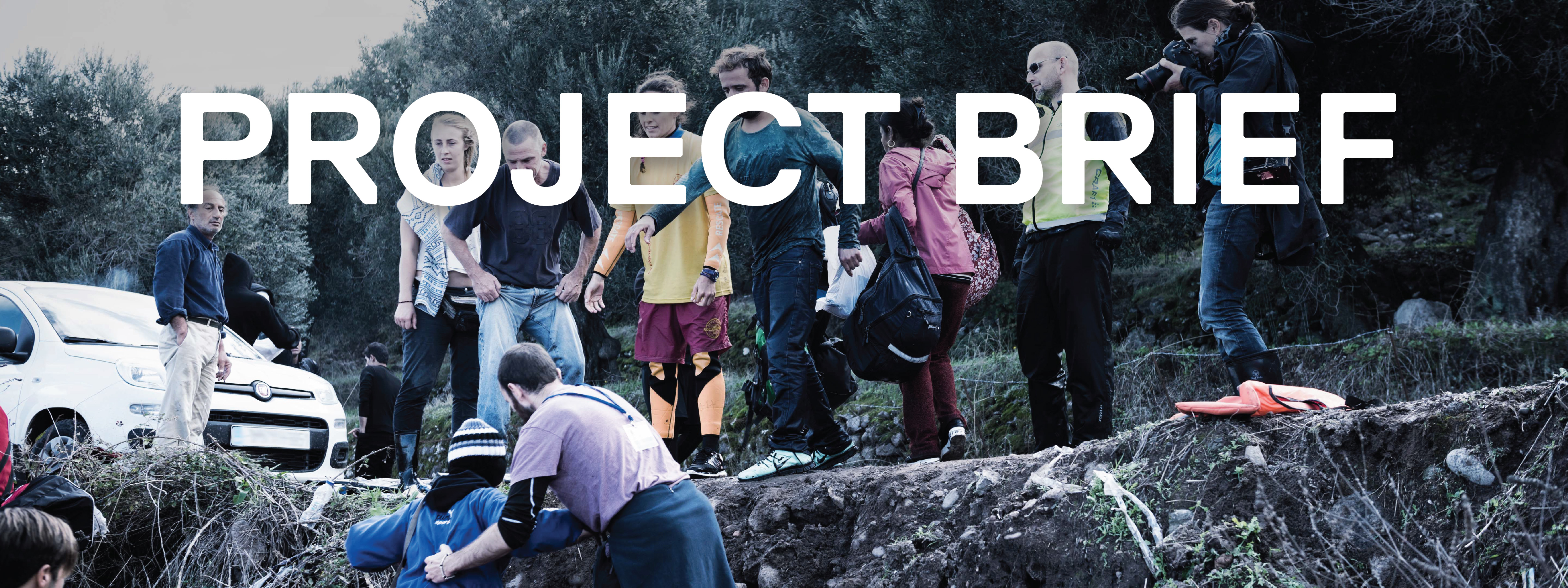VIGO: Exploring the role of images in migration governance


Images are extremely powerful: they embody particular meaning that can influence outcomes. Consider how images of overcrowded migrant boats, starving polar bears on melting glaciers, and infographics showing the latest COVID-19 mortality rates have gone viral and changed popular understanding.
This project aims to establish a theory of “visual governance” – the concept that aesthetic representations of migration matters (e.g., through pictures, infographics, maps, etc.), produced and used by actors at different levels of government and civil society, and even asylum seekers, themselves, in fact, shape migration governance. The project will develop an analytical lens through which we can investigate the role played by images in all matters of transnational migration governance.

- Visual representations of migration used by EU and Canadian institutions. What are the dominant aesthetic patterns that characterize images produced and disseminated by government institutions focused on migration, in Europe and Canada, [i.e., the EU Directorate-General for Migration and Home Affairs, and Immigration, Refugees and Citizenship Canada (IRCC)], and what is the relationship between images and policies on refugees and asylum seekers?
- Visual representations of migration by transnational humanitarian NGOs. Given the significant role that certain pictures have played in political outcomes – such as the sadly famous image of Aylan Kurdi which shaped the public view generally in Canada on Syrian refugees and the 2015 election results – how do Canadian NGOs represent migration, visually, how does this compare to practice in Europe, and what role does the NGOs’ communication on refugees and asylum seekers play in migration governance?
- Visual representations of, and by, refugees and asylum seekers. What are the most recurrent subjects and visual stories (e.g., journey, loss, despair, hope, etc.) conveyed by refugees and asylum seekers through their visual material such as photos, videos and paintings? Conversely, how do asylum seekers respond to the pervasive representations of themselves put forth by institutions and NGOs?

This project builds on the idea that images create and share social meaning, influence public opinion and thereby shape government policy and systems of governance. The ability of images to highlight an issue’s salience, suggest interpretation, arouse sentiment, and legitimize or undermine a claim is so substantial that we can describe the phenomena as ‘visual governance’. In other words, images – their production and reproduction – can be shown to have a significant role in establishing governance goals at the local, national and global levels. The ability of visual imagery to attract global attention on governance challenges such as climate change and the COVID-19 pandemic are recent examples.
Despite the clear evidence that imagery has influence, scant research has been devoted to understanding the effect that visual representation has on migration governance. Questions such as ‘to what extent do images promote new views about who the refugees are?”, and “to what extent do images contribute to shaping the agenda of European and Canadian government institutions working on migration policies?” remain largely unanswered. The VIGO project will be the first of its kind to provide a comprehensive analysis of the role of images in migration governance.

This project adopts a comparative and innovative methodology that allows fine-grained analysis of a large number of visual materials across different levels of governance (macro, meso and micro). I will combine different visual methodologies (such as visual content analysis, iconography and visual social semiotics) with interviews with key informants (e.g., European and Canadian officers working in the sectors of governance, migration and communication; NGO staff; as well as refugees and asylum seekers).

The project started January 2022, and the following papers have been published thus far:
- Massari, A. (with Achilli, L.). (2023) Enter the Boogeyman: representations of human smuggling in mainstream narratives of migration (external link) in Achilli L. and Kyle D. (eds), Global Human Smuggling. Buying Freedom in a Retreating World, Johns Hopkins University Press
- Massari, A. (2023) No countries for refugees. Canada and Europe’s shrinking asylum space (external link) , PKI Global Justice Journal (August 2023) – open access
- Massari, A. (2024), “ (PDF file) Reframing Migration: The Use of Visual Communication by Government Institutions”, CERC Migration Policy Brief 19, Toronto Metropolitan University.
- Massari, A. (2024), The Visual Governance of Canadian Migration Agencies (external link) . Journal of Immigrant & Refugee Studies, 1–18.
- Massari, A. and Mohlo, J. (2024), Can the arts challenge mainstream representations of migration? An Inquiry into the Aga Khan Museum’s Afghanistan My Love Exhibition (external link) , International Journal of Politics, Culture, and Society.
- Massari, A. (2023) (PDF file) The role of images in migration governance. A proposed new theoretical framework and methodological approach, Working Papers Series produced jointly by the Toronto Metropolitan Centre for Immigration and Settlement and the CERC in Migration and Integration, Toronto Metropolitan University, Working Paper No. 2023/06 June 2023 – open access.
A video mini-series "Exploring the role of images in migration governance" has been created to support this project:

January 2025

Marie Curie Individual Fellowship (external link) – Global Postdoctoral Fellowship at Toronto Metropolitan University (supervisor: Anna Triandafyllidou) and University of Copenhagen (supervisor: Lene Hansen).
This project has received funding from the European Union’s Horizon 2020 research and innovation programme under the Marie Skłodowska-Curie grant agreement No. 101024772.

visual studies, humanitarianism, migration policies, NGOs, asylum, refugees
